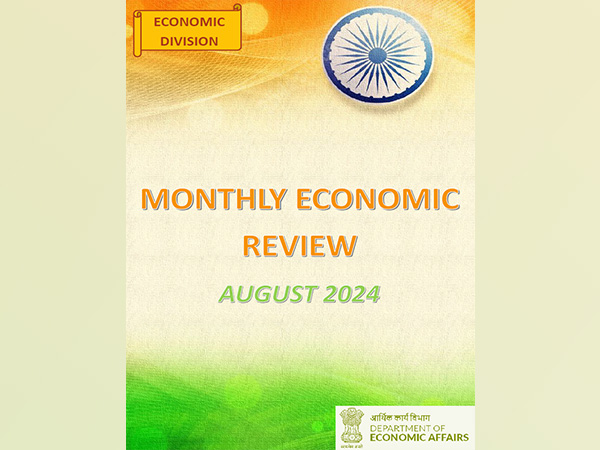Overall investment in India saw a growth of 7.5% in the April-June quarter, signaling a strengthening private investment cycle, according to the Ministry of Finance’s monthly economic review. Net Foreign Direct Investment (FDI) inflows to India rose by 52.4% in the first four months of FY25, supported by a surge in gross FDI inflows. Key sectors such as manufacturing, financial services, communication services, computer services, and electricity and other energy sectors received the bulk of the gross FDI inflows.
India’s foreign exchange reserves hit a record high of USD 684 billion as of August 30, 2024, showing a USD 64 billion increase from January to August 2024. This increase is the highest percentage rise among major forex reserves-holding countries. The forex reserves cover more than 11 months of imports and over 100% of India’s external debt as of March 2024, reflecting a strong external position. Foreign portfolio investors have been net buyers between April and August 2024, leading to historically high foreign exchange reserves levels.
Goods and Services Tax (GST) collections in August stood at Rs 1.74 lakh crore, with a 10% yearly increase. The total GST collection in 2024 has been 10.1% higher at Rs 9.13 lakh crore compared to the same period in 2023. This growth in GST collections, along with positive purchasing managers’ indices and growth in air and port cargo, indicates robust economic activity. Labour market indicators also show a positive outlook, with the EPFO adding 10.5 lakh new members in July 2024, mostly in the 18-25 age group.
India’s real GDP grew by 6.7% in the first quarter of 2024-25, down from 8.2% in the same quarter last year, primarily due to weaker government spending and a heatwave. However, growth in major non-agricultural sectors remained above 5%, indicating broad-based expansion. With the advancing monsoon, kharif sowing has also increased, brightening prospects for agricultural production. India’s GDP grew by 8.2% in the financial year 2023-24, continuing its trend as the fastest-growing major economy.
Looking ahead, the report anticipates public expenditure to pick up in the remaining part of the financial year, providing additional growth and investment stimulus. With steady growth in various sectors, strong foreign exchange reserves, and positive indicators in the labor market, India’s economy is poised for further expansion and development in the coming months. By capitalizing on these strengths and maintaining a stable economic environment, India can continue to attract investments and drive sustainable growth in the future.











